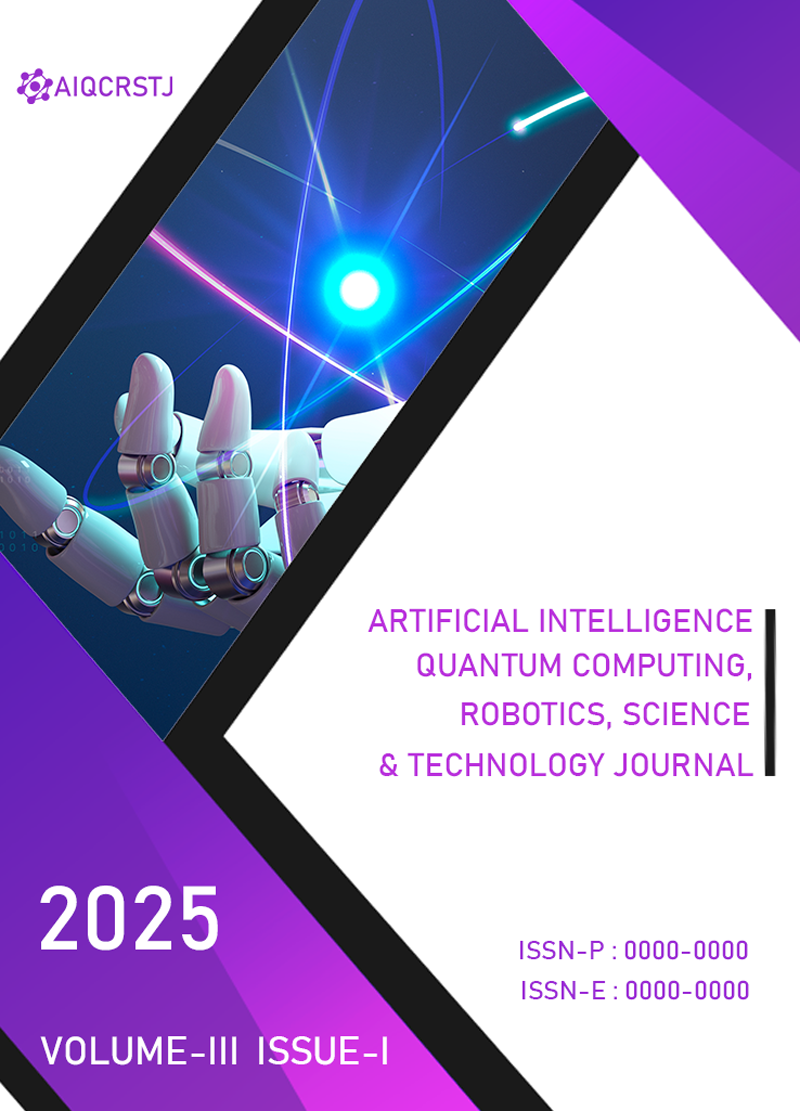Bridging Actuarial Science and Quantum Machine Learning: Applications in Health Insurance
Keywords:
quantum machine learning, actuarial science, health insurance, generalized linear models, variational quantum circuits, quantum kernels, high-cost patient prediction, hybrid quantum-classical pipelinesAbstract
This paper presents a comprehensive framework for integrating Quantum Machine situating the problem: rising healthcare costs and the increasing complexity of health-claims data demand more powerful predictive models than standard generalized linear models (GLMs) alone can reliably deliver. We review classical actuarial techniques and contemporary Learning (QML) into actuarial prediction pipelines for health insurance. We begin by machine learning (ML) practices in healthcare-cost and claims prediction and summarize the current state of quantum computing and QML with special attention to algorithms and methods applicable in the near-term (NISQ) era. We then introduce a hybrid quantum–classical actuarial pipeline (HQCAP) that maps actuarial targets (claim frequency, severity, high-cost utilizers, readmission risk) to QML model families (quantum kernel methods, variational quantum circuits, and quantum-enhanced optimization), together with detailed data-encoding strategies, loss functions and calibration techniques appropriate for insurance. We present an experimental plan (datasets, baselines, metrics) for evaluating HQCAP on representative healthcare cost and claims problems (using MEPS/MIMIC public datasets and synthetic insurance-claims data), and discuss implementation considerations (noise, qubit counts, simulators, software stacks), regulatory and auditability constraints, interpretability and fairness, and an economic analysis of when QML could be preferable to classical approaches. We close with limitations, open research directions, and practical recommendations for actuaries and insurers exploring QML today. Key contributions: (1) a detailed, implementable hybrid QML/actuarial workflow; (2) explicit mapping between actuarial targets and QML primitives; and (3) reproducible experimental protocols for academic and industry evaluation.
Downloads
Published
Issue
Section
License
Copyright (c) 2025 Artificial Intelligence, Quantum Computing, Robotics, Science and Technology Journal

This work is licensed under a Creative Commons Attribution 4.0 International License.

